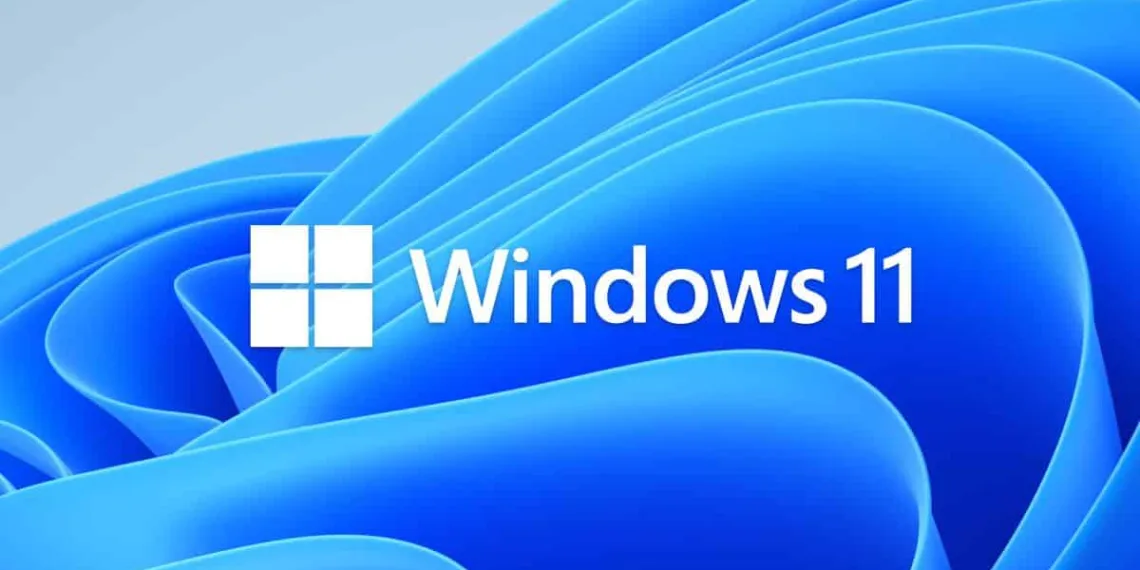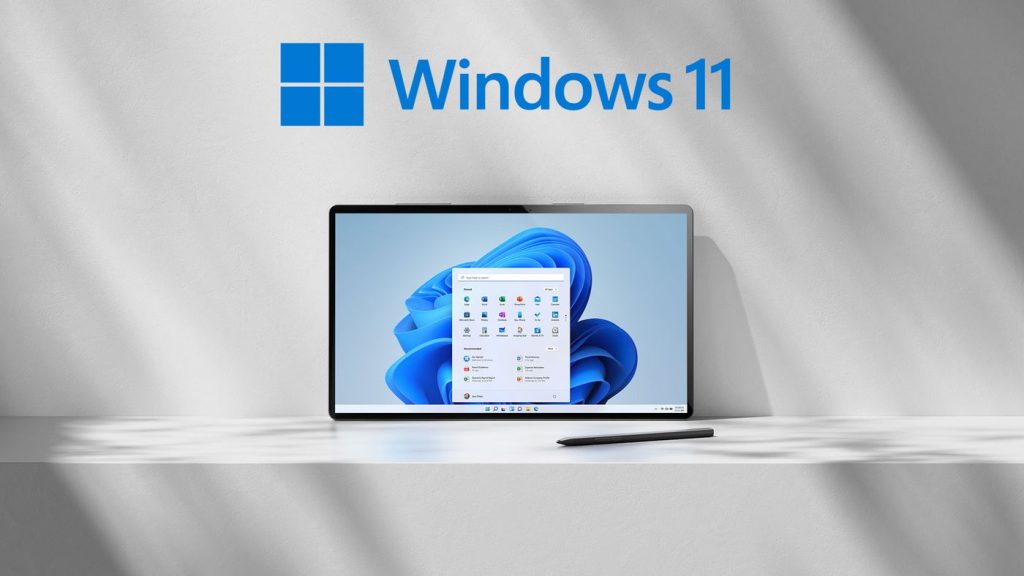Microsoft’s Windows 11 is now officially rolling out and those who own a Windows 10 and a supporting machine can upgrade to the latest OS directly. The software giant has started to offer the free upgrade to new devices that are still shipping with Windows 10, before making the OS available to other eligible existing hardware.
To run Windows 11 your machine needs to fulfil the following requirements: Intel 8th Gen Coffee Lake or Zen 2 CPUs and up, TPM 2.0 (Trusted Platform Module) support, 4GB of RAM, and 64GB of storage. This means that millions of PCs will be unable to officially upgrade to Windows 11, though there will be unsupported workarounds if you want Windows 11, they have their risks.
Microsoft is also gradually rolling out Windows 11, so the free upgrade won’t be offered to all existing PCs that are officially supported just yet. According to reports all the eligible PCs should be offered the Windows 11 upgrade by mid-2022, so if you haven’t received any update just yet don’t lose hope, it will come gradually.
Here’s how to get Windows 11 today, if you have a new PC that just shipped with Windows 10 or a device that’s allowed to upgrade to Windows 11.
- Check that your PC is officially supported through Microsoft’s PC Health Check app.
- Back up all of your important documents, apps, and data.
- On your Windows 10 PC, head into Settings > Update & Security > Windows Update.
- Check for updates.
- If the free Windows 11 upgrade is available, you’ll see an option to download and install.
- Click download and install.
- Follow the on-screen prompts and configure Windows 11 settings.









